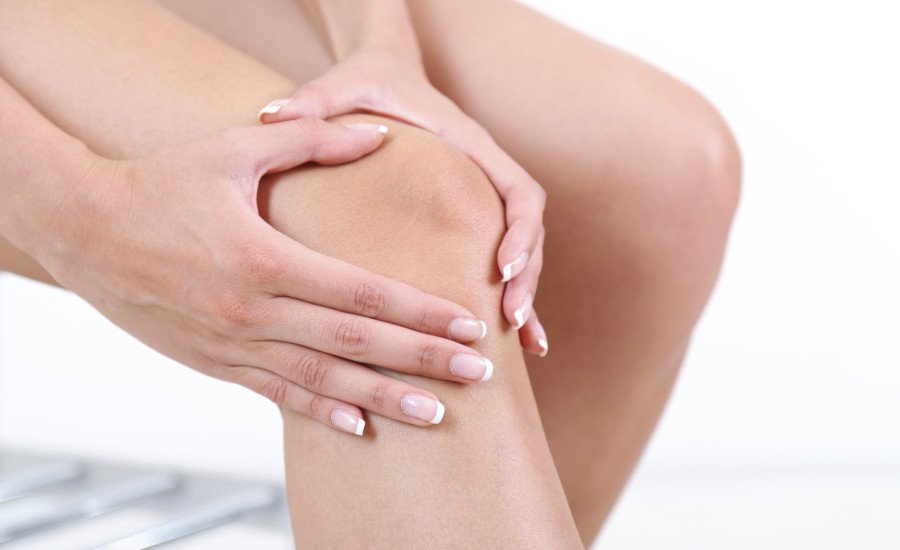
Diagnosing knee pain
At Kensington Physio we successfully treat all manner of knee conditions. Diagnosis is key in establishing the underlying cause of your condition and to allow for effective ongoing treatment of the knee. As physiotherapists we will initially ask you lots of questions about your knee pain and then do a thorough objective examination.
Joint Anatomy
The knee joint covers the articulation between the femur (thigh bone) and the tibia (shin bone) as well as the joint where the patella (knee-cap) sits on top of the femur. This is known as the ‘patella-femoral joint’.
There are lots of ligaments acting to stability the knee and muscles around the knee to produce movement. The main muscles acting on the knee are your quadriceps (thigh muscles) to straighten the knee and the hamstrings which bend the knee. There are also several tiny bursa (small fluid filled sacs) present around the knee to act as cushioning devices.
Common Knee Conditions
Knee pain can occur at many different sites. Most commonly reported is pain at the front of the knee which usually involves the patella-femoral joint. This is therefore known as ‘patellar-femoral’ pain. Pain at the front of the knee and can give rise to burning knee pain, clicking and pain upon loading the knee. This may be the result of patella mal-tracking, joint irritation or tendon inflammation.
Some patients report pain at the outside of the knee, known as ‘lateral knee pain’. Potential diagnosis here may include a lateral ligament strain, lateral cartilage tears or perhaps an ilio-tibial band irritation (ITB friction syndrome). Inner or ‘medial’ knee pain may be due to a strain of the inside knee ligaments or even a medial cartilage tear. Conditions such as osteoarthritis may also change your knee alignment as the cartilage wears down and this may also give rise to inside or outside knee pain. Some patient report knee locking and giving way which may indicate a loose body in the knee joint or a cartilage tear. Less commonly reported is pain at the back of the knee. This may potentially be due to a hamstring or calf tear or even a simple benign Bakers cyst.
Many knee pain sufferers and post surgical knee patients feel their knee pain at night. This is often due to inflammation and ongoing irritation affecting the joint, after being on your feet all day and loading up the knee.
Treating the knee
The good news is that many of these conditions can be effectively treated and resolved with the right physiotherapy care. At Kensington Physio we successfully treat knee pain in a manner of ways, depending on your diagnosis. These may include; manual therapy, exercises to strengthen and control the lower limb, propriception (balance) work, soft tissue release, taping, acupuncture and ultrasound. We may also look at your gait, running and squatting techniques.
At Kensington Physio we work alongside London’s top knee consultants. This allows us to refer on any appropriate patient for prompt scanning, injection therapies and the latest surgical techniques.
Contact Information
To book an initial consultation for your knee with one of our expert physiotherapists, please call us on 0207 6030040 or email us at info@kenphysio.com.








